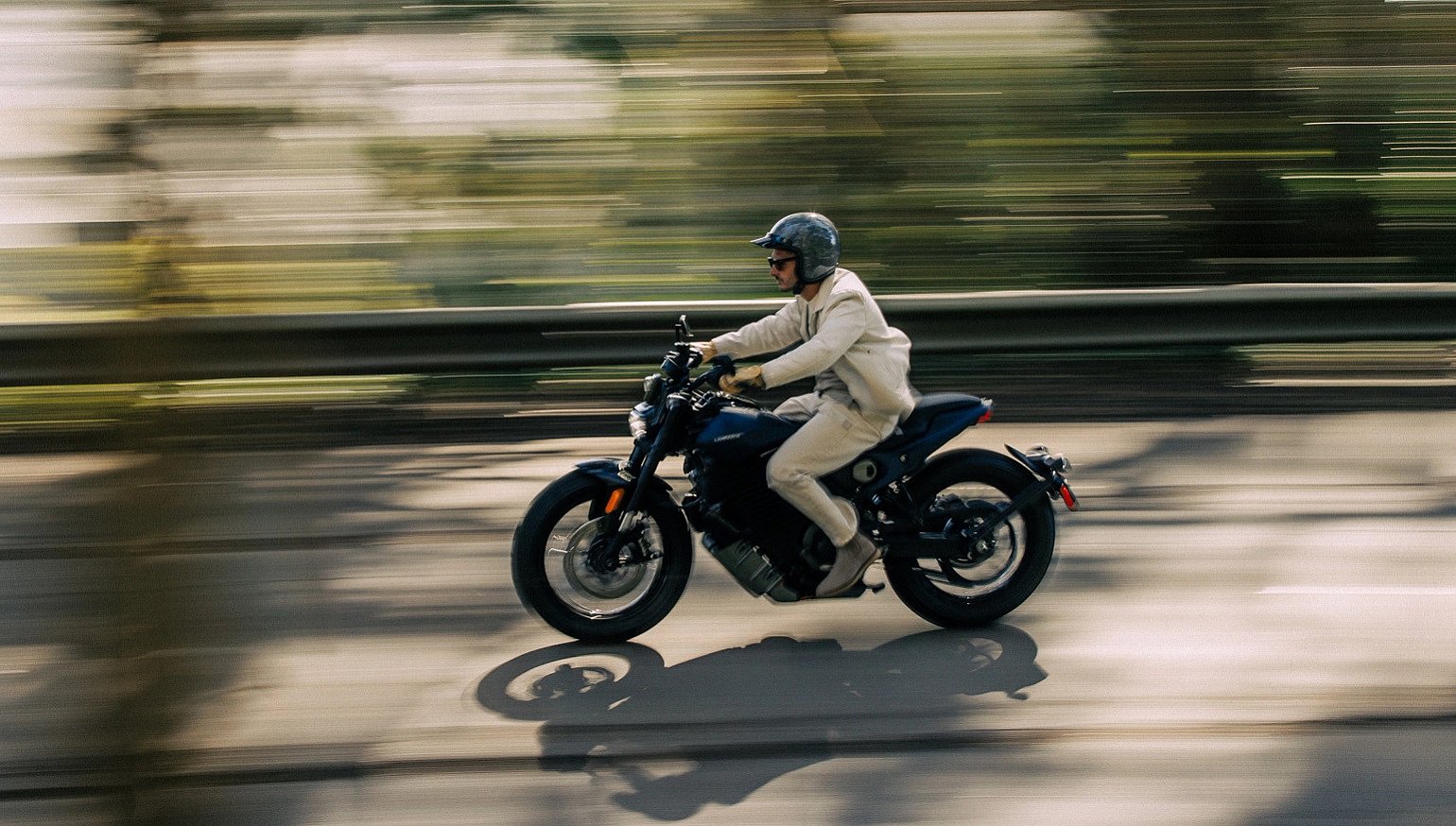LiveWire has released the long-awaited specs for the S2 Del Mar, the second and more affordable entry in the new Harley-Davidson spinoff's line of electric motorcycles. The numbers look pretty good, and they have to be. The Del Mar's success is critical to LiveWire gaining some momentum and starting to look like a real motorcycle manufacturer.
The announced specs are generally pretty close to the preliminary numbers that were announced more than a year ago when LiveWire took deposits on the 100 Launch Editions to be sold first. Here are the basics.
LiveWire says the S2 Del Mar produces 84 horsepower and can reach a top speed of 103 mph, powered by its 10.5 kWh nominal battery. The Del Mar does not have Level 3 charging capabilities like the LiveWire ONE, but you can charge it at Level 1 at home or at Level 2 at a charging station using the J1772 plug. LiveWire says a 20% to 80% charge takes 78 minutes at Level 2 and 5.9 hours at Level 1.
Range is the other key stat for electric motorcycles. LiveWire claims 113 miles city, 70 miles on the highway at a sustained 55 mph and 43 miles at a sustained 70 mph. You can see the full specs in the chart at the end of the article.
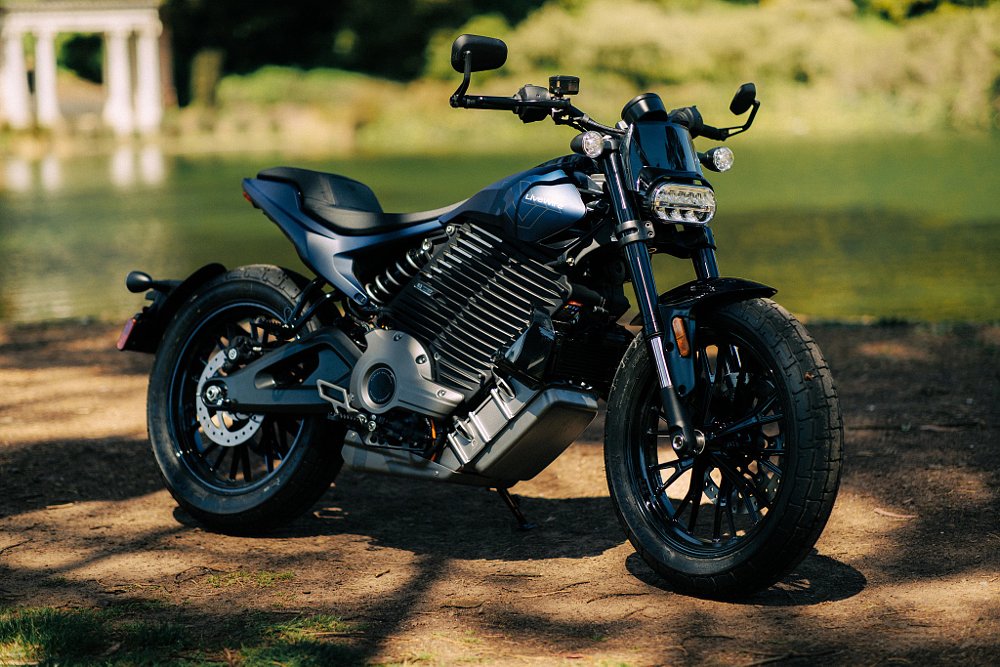
Beyond those numbers, the Del Mar also comes loaded with a lot of tech. Five ride modes, including one that can be fully customized to the rider's preference, adjust power output, throttle response, regeneration on deceleration, traction control, and ABS. Equipped with a six-axis inertial measurement unit, the Del Mar's traction control and ABS are both lean-angle-sensitive. The round, four-inch, TFT display connects by Bluetooth to the LiveWire Connect app on your phone for everything from navigation to monitoring tire pressure to tracking scheduled maintenance. The Del Mar also receives over-the-air software updates, though I know some Common Tread readers have issues with their motorcycles talking to the mother ship behind their backs.
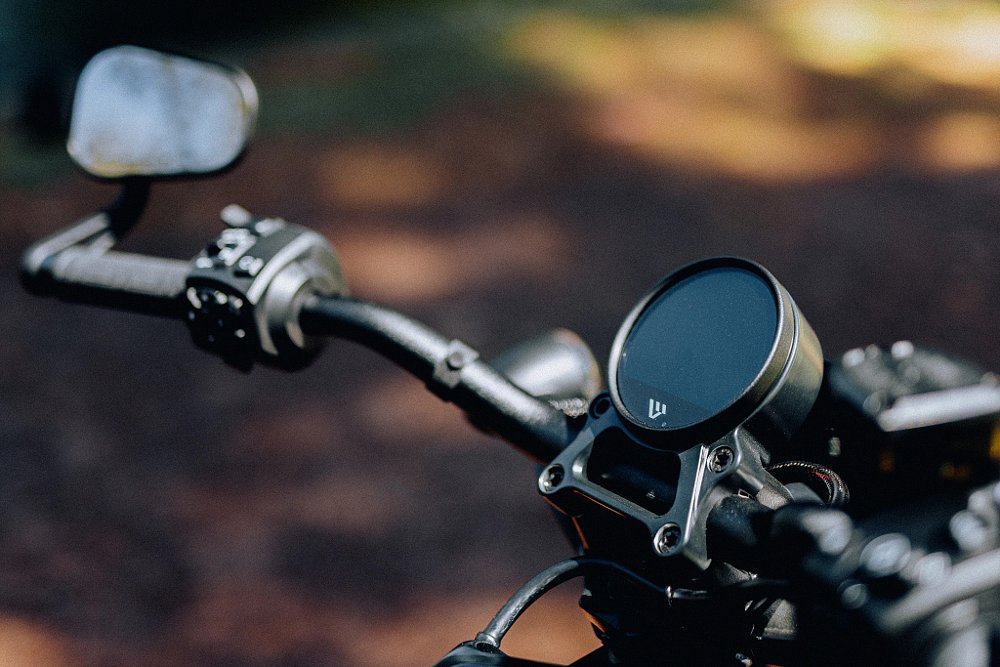
The spec-sheet shootout
The Del Mar compares fairly well to the preliminary specs LiveWire issued more than a year ago, but what matters once it's on the market is how it compares to the competition. Spec-sheet shootouts are often of dubious usefulness, but that's all we have at this point. And I could argue that they're more relevant with the emerging electric motorcycles than the more mature and diverse range of internal-combustion motorcycles.
At $15,499, the Del Mar is less expensive than any Energica. (Even the $22,799 LiveWire ONE is on par, roughly, with the low end of the Energica range.) Compared to the competition from Zero Motorcycles, the Del Mar slots in between the $12,995 DS and the $17,995 DSR. The DS lists at $12,995 but offers less power and range. The DSR has a larger 14.4 kWh battery and provides greater range and the same top speed as the Del Mar, but puts out only 70 horsepower. So overall, the S2 Del Mar seems to be in the ballpark compared to the most established competitors.
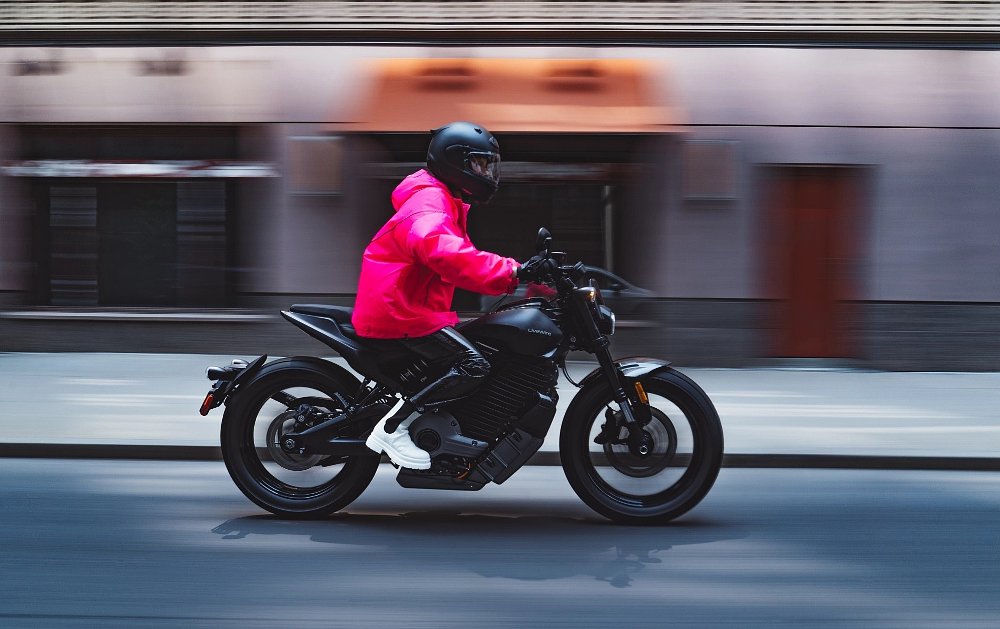
The Del Mar also brings its own distinct style to the electric market, with its 19-inch flat-track-style tires and the unique look of the LiveWire Arrow architecture, which essentially uses the battery case as the frame.
Why the Del Mar is so critical to LiveWire
Before LiveWire went public as a standalone company, it offered some extremely ambitious growth projections, predicting it would grow from selling fewer than 400 electric motorcycles in 2021 to selling 100,000 around the world in 2026. The company also originally planned for the Del Mar to be in production early this year, but motorcycles are still not yet being delivered to the customers, which means there's no chance of meeting those original goals and LiveWire has already scaled back its estimates.
With the LiveWire ONE as its only model, LiveWire has been selling hundreds of motorcycles a year. To become the volume manufacturer it needs to be in order to make a profit, LiveWire has to have multiple models selling in much larger numbers. The Arrow powertrain architecture, which is designed to be modular, should make it easier for LiveWire to add new and more accessible models to the lineup. So far, however, the company is behind schedule and short of its goals. For LiveWire to be a success, the company has to start getting Del Mars out of the Harley-Davidson plant in York, Pennsylvania, and into the hands of consumers. Lots of consumers.
| 2023 LiveWire S2 Del Mar | |
|---|---|
| Price (MSRP) | $15,499 |
|
Transmission, final drive |
Single-speed, belt |
| Claimed horsepower | 84 |
| Frame | Modular cast aluminum |
| Front suspension | Showa 43 mm inverted fork, adjustable for preload, compression, and rebound damping; 4.73 inches of travel |
| Rear suspension | Showa Free Piston monoshock, adjustable for preload and rebound damping; 4.73 inches of travel |
| Front brake | Dual Brembo M4.32 four-piston calipers, floating discs with ABS |
| Rear brake | Brembo PF34 single-piston caliper with ABS |
| Rake, trail | 24.0 degrees, 3.4 inches |
| Wheelbase | 57.2 inches |
| Seat height | 32.2 inches |
| Claimed range | 113 miles city; 70 miles highway (55 mph sustained); 43 miles highway (70 mph sustained) |
| Claimed battery capacity | 10.5 kWh nominal |
| Claimed charge time |
5.9 hours 20% to 80% at Level 1; 8.4 hours 0% to 100% at Level 1 78 minutes 20% to 80% at Level 2; 142 minutes 0% to 100% at Level 2 |
| Tires | Dunlop DT-1 130/80-19 front, 140/80-19 rear |
| Claimed weight | 436 pounds |
| Available | Second half 2023 |
| Warranty | Two years for motorcycle; five years for battery |
| More info | www.livewire.com |


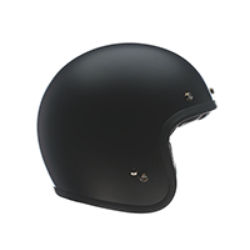

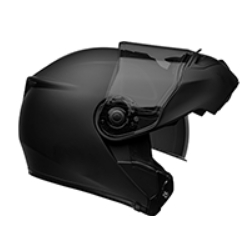

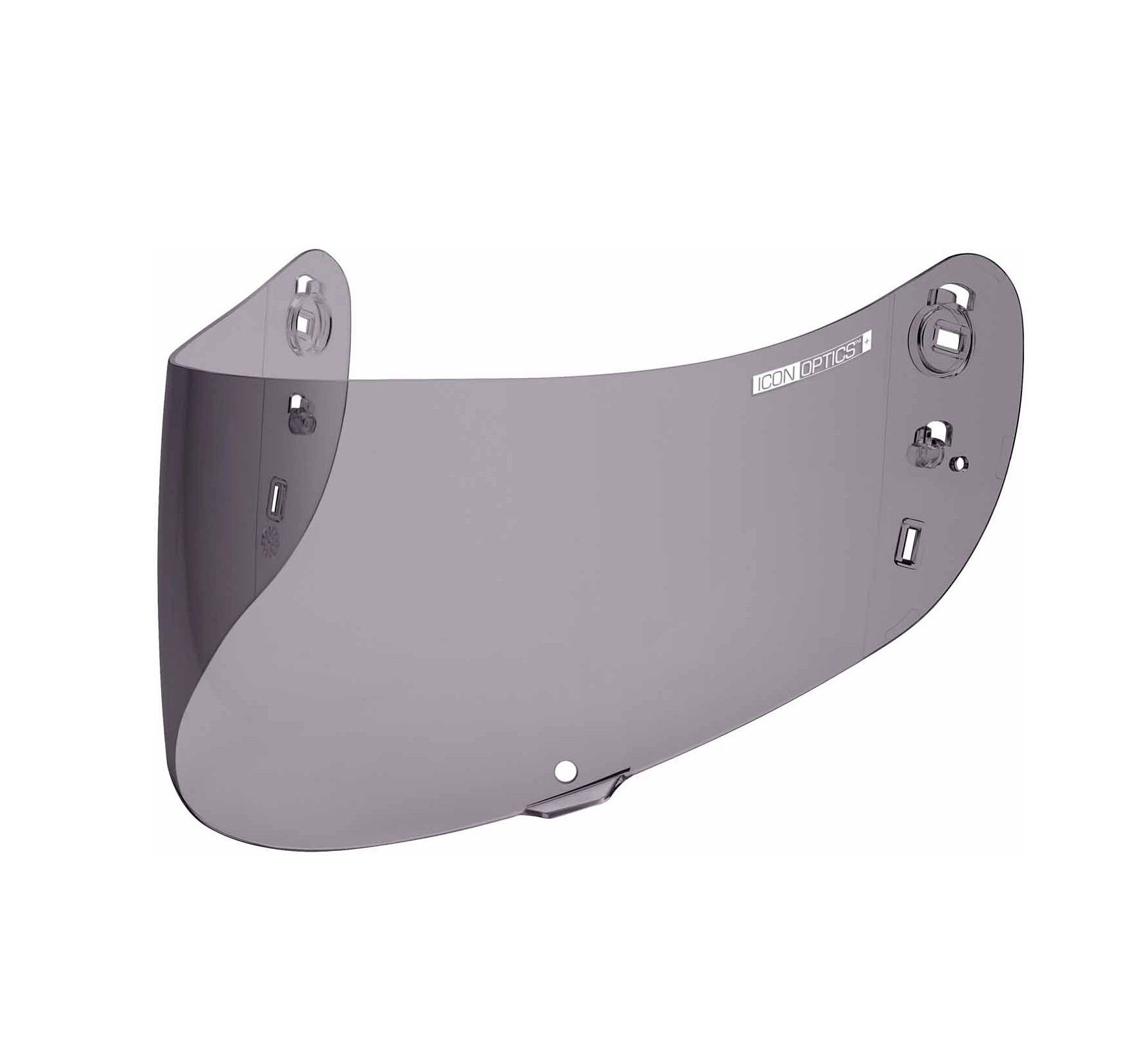

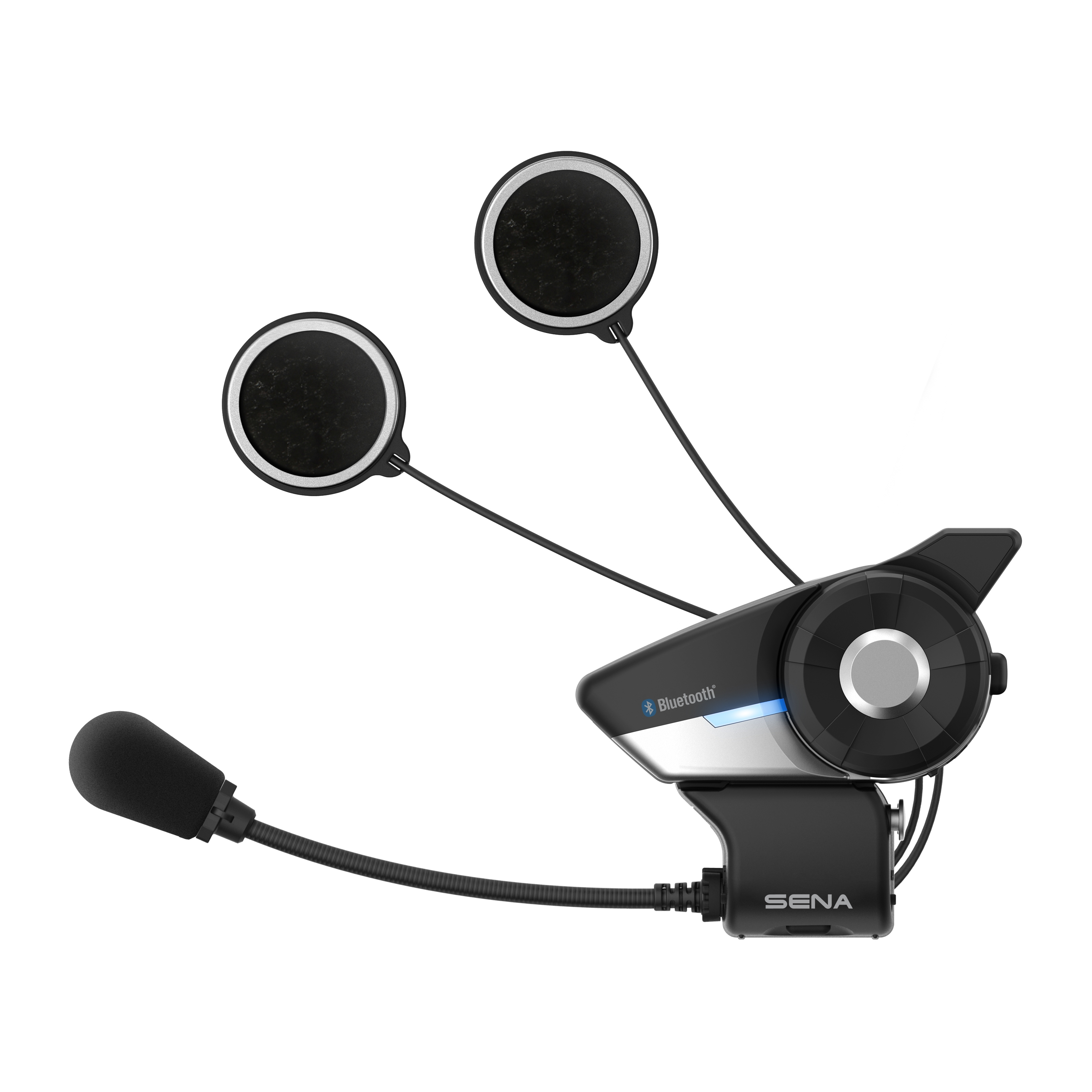


 Membership
Membership

